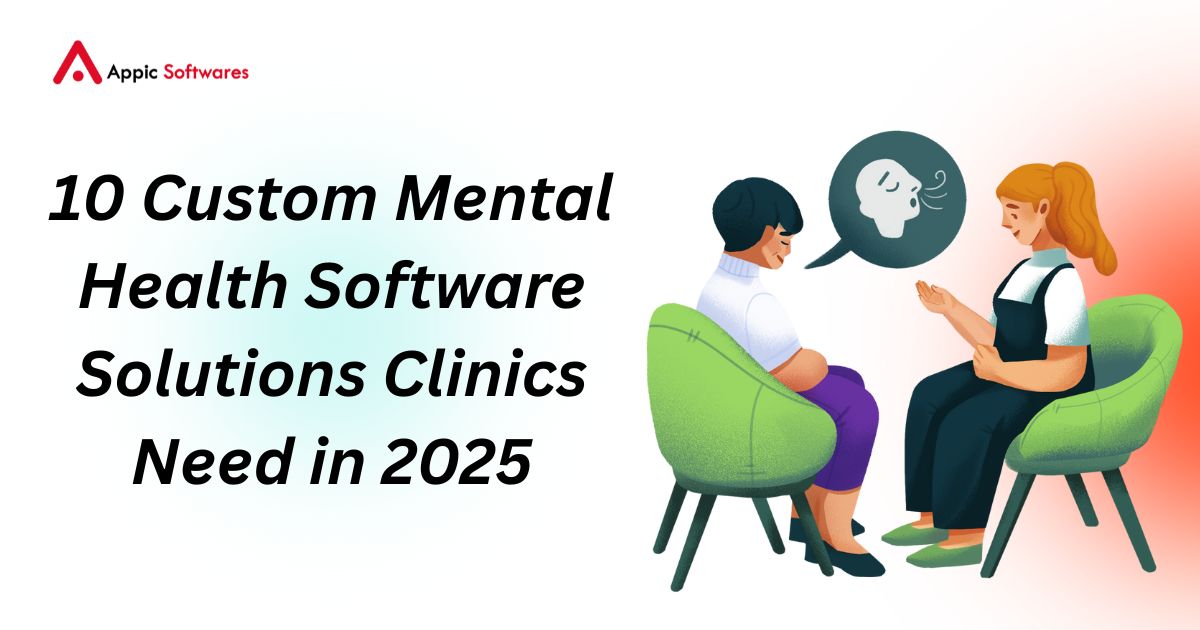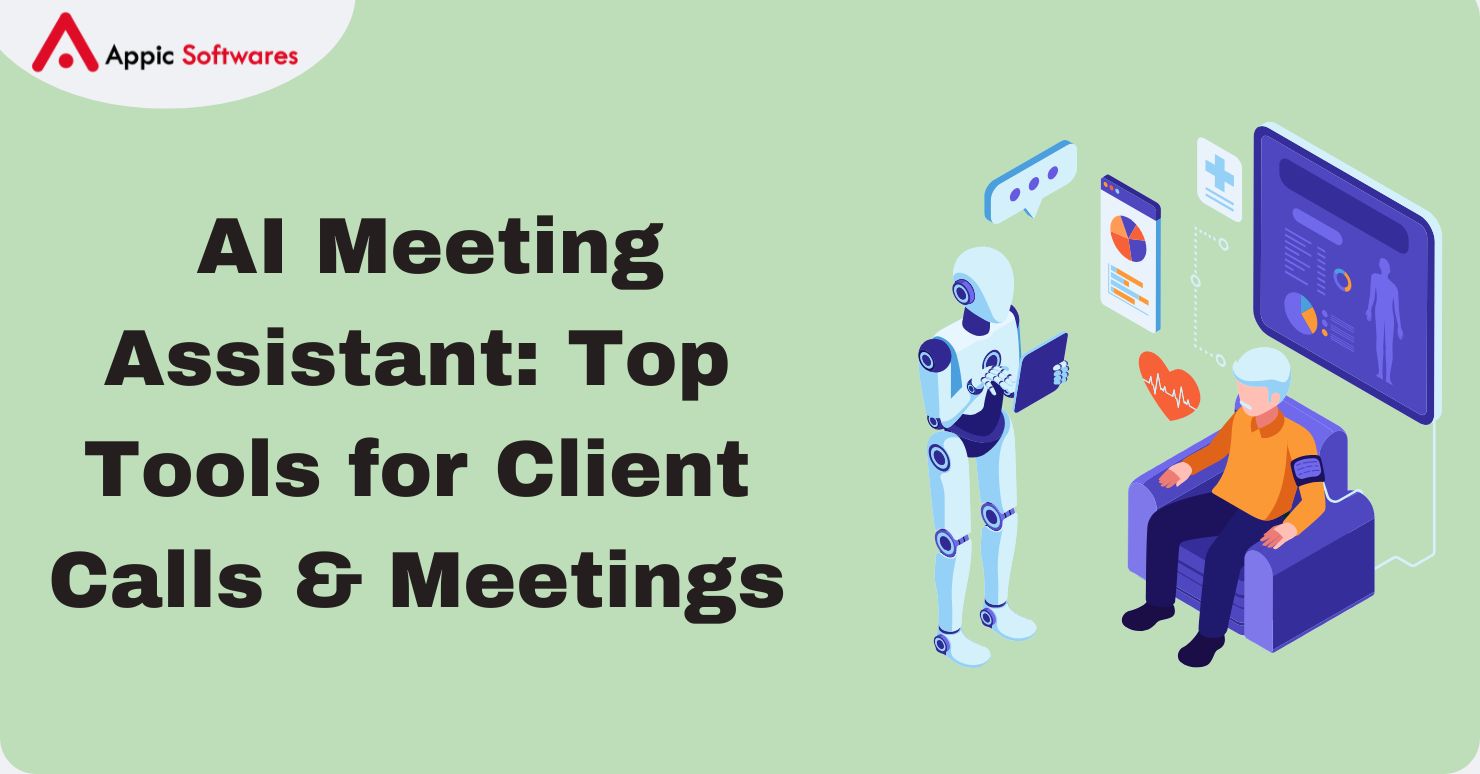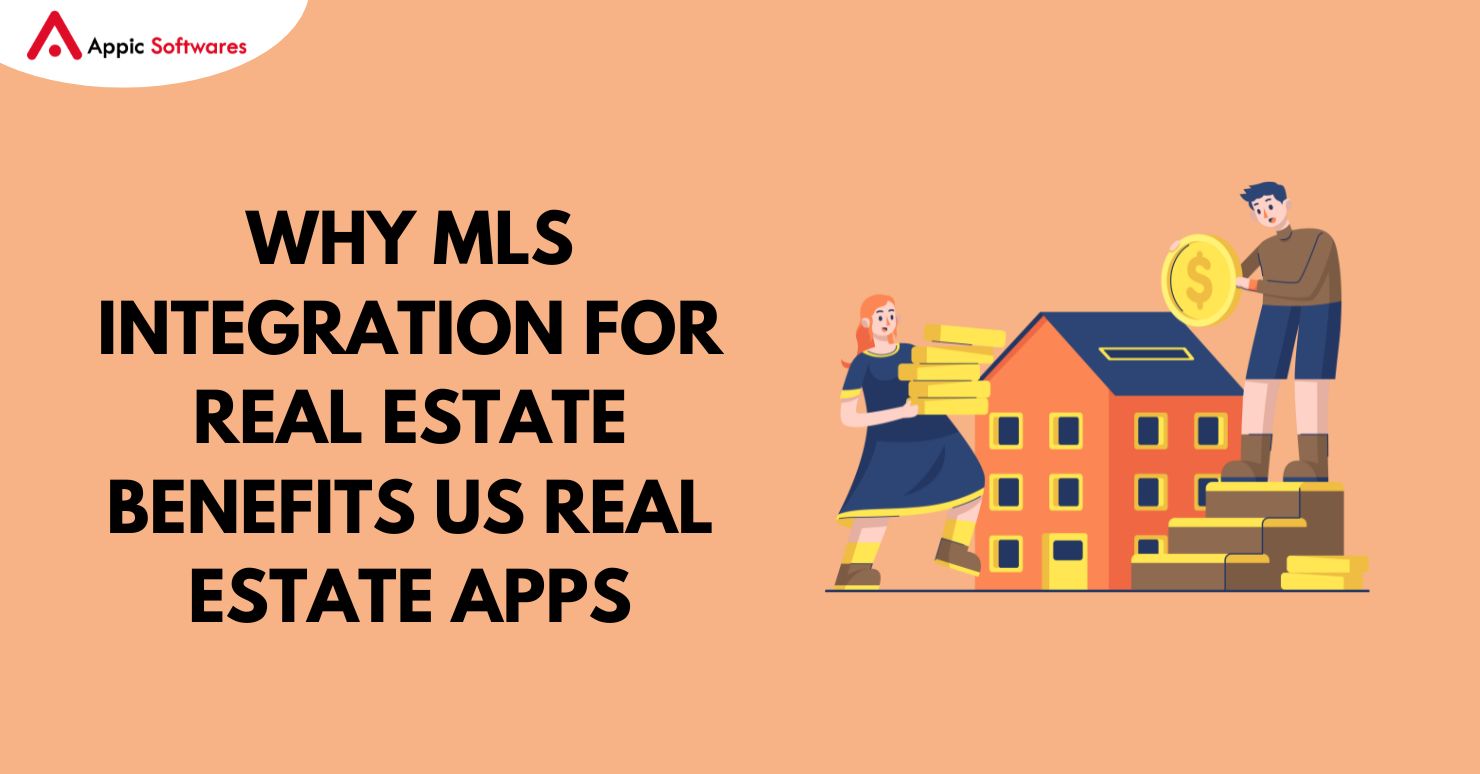
Do you know 51% of buyers found their houses through online listings, making online platforms the dominant venue for home searches? MLS Integration for real estate apps plays a key role in helping property apps show accurate listings while reducing work for agents and buyers alike. In the space of US real estate apps, many companies try to offer value, but apps that use MLS data stand out by giving up-to-date details on homes, lot sizes, prices, and photos. This gives a reliable tool that both agents and buyers can trust, especially when they search for new homes on a mobile device or computer.
When an app uses MLS data feeds, it pulls in new listings as soon as the data enters the system, so users see correct information all the time. This means they spend less time checking different sites and more time finding places that match their needs. A skilled real estate app development company ensures seamless MLS integration to deliver this timely, accurate data and enhance user experience.
Understanding MLS And Its Role In US Real Estate
Multiple Listing Service, or MLS, works as a shared database where agents add properties for sale so that other agents can see and share listings. In the US real estate world, this means agents cooperate by giving each other leads and chances to match buyers with sellers. An app that includes MLS Integration for real estate can request the same info that licensed agents use every day, but display it in a neat way to browsers on phones and computers.
And that is why a lot of companies that offer App development services or Real Estate MLS Software Development Services focus on layering MLS feeds into their designs, because this data shows price changes, new photos, and important facts like school zones without delay. As part of the broader proptech in real estate movement, MLS integration is not just a trend, it forms the backbone of modern property tools, helping digital platforms offer faster, smarter, and more transparent property searches.
Read more: 7 Proptech Trends To Lookout For In Real Estate Industry
How MLS Integration Enhances Property Listings In Apps
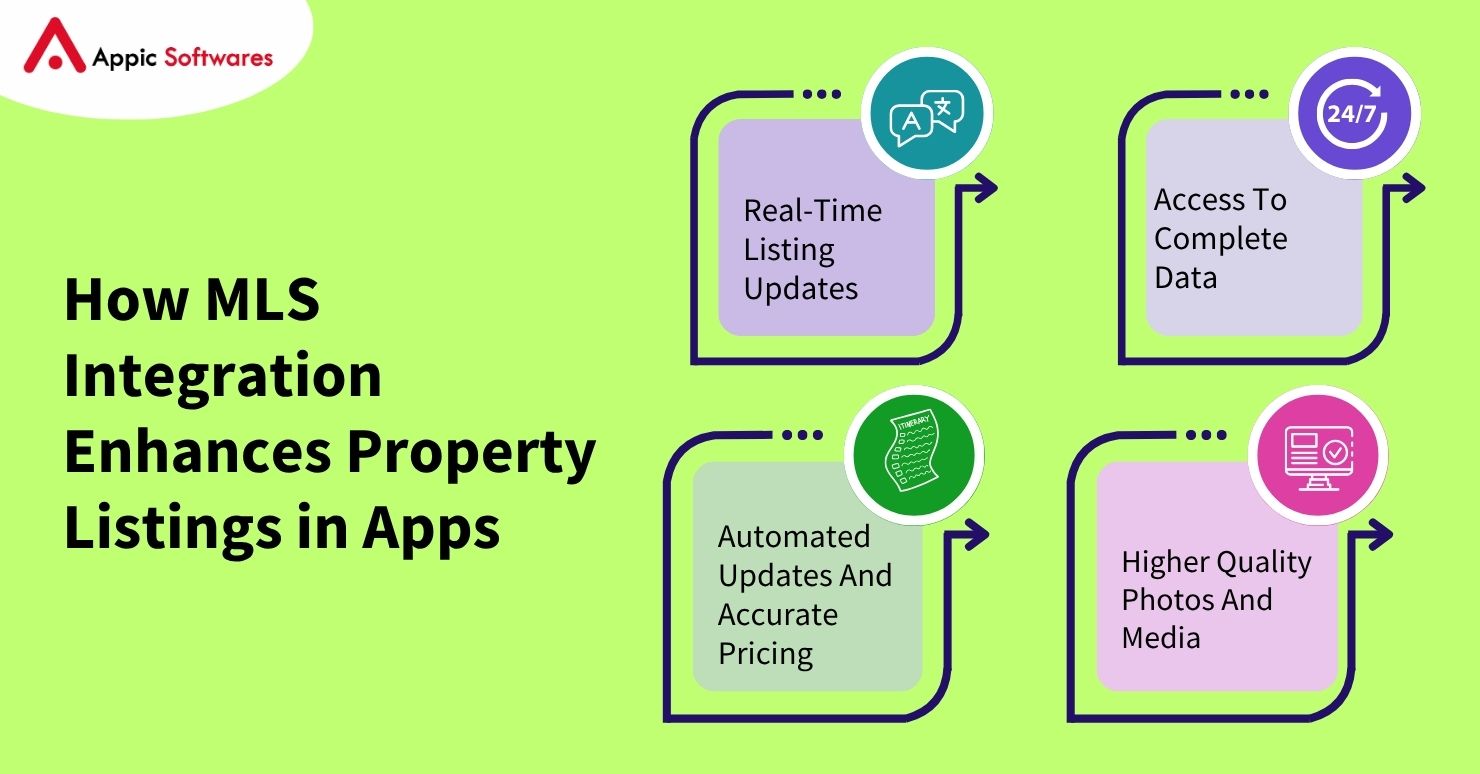
-
Real-Time Listing Updates
With MLS integration for real estate, apps can pull listing changes as soon as they happen. If an agent marks a home as sold or updates a price, that change shows up in the app quickly. This avoids showing old or wrong data to users.
-
Access To Complete Data
When an app integrates MLS data, it can show a full range of property info in one spot. Buyers see current asking prices, number of bedrooms, square footage, and featured images. Agents see who added the listing and can link to contact tools. Integrating MLS with real estate websites and apps reduces errors caused by manual entry and ensures that data on screen matches the MLS itself.
-
Automated Updates And Accurate Pricing
Because MLS feeds update automatically whenever a new home goes live or a price shifts, apps can keep their listings fresh without someone manually changing details. For a mobile app development company, this is a huge win, as it means fewer support tickets about outdated info. Buyers trust that they will not click on a listing and then find out that it sold days ago. MLS Integration for real estate ensures that prices reflect the most recent data, so apps avoid pushing old deals or wrong values at a serious moment.
-
Higher Quality Photos And Media
Most MLS entries include multiple images, virtual tours, and sometimes video. By tying into those feeds, apps display high-resolution photos that help buyers sense space and layout before they visit. And since these media items come directly from the MLS database, agents have an easier way to add new visuals without going through extra processes. This feature adds to the sense that the app has everything in one place.
Benefits of Real-Time MLS Data for Buyers and Agents
-
Faster Searches and Better Matches
Real-time MLS data means that when someone searches by neighborhood, price range, or number of bedrooms, they find a match that really exists. Buyers do not waste time on listings that are already off the market. Agents can also send clients tailored lists as soon as new properties emerge. In a market that can move in hours, getting the latest info saves both sides’ effort and stress.
-
Enhanced Trust and Transparency
An agent using an app with direct MLS Integration for real estate shows clients that they work with reliable tools. Buyers feel assured when they know that what they see on screen matches the MLS that professionals trust. This trust can help agents win more clients. In addition, agents can set alerts for clients so that anytime a listing aligns with set filters, the user gets a push message. And that creates a clear path for agents to keep clients in the loop.
-
Simplified Workflow for Agents
Real estate agents juggle many tasks at once: fielding calls, sending emails, scheduling showings, and updating documents. When agents use apps built by a mobile app development company that already has MLS feeds, they skip steps like manually uploading property info. Instead, they rely on the app to pull data, which syncs with their MLS account. Agents then focus on talking with clients, showing homes, and closing deals.
-
Accurate pricing
MLS data includes the latest prices and any recent changes. That gives buyers a better idea of what to expect and helps agents offer correct advice. It also helps apps show price trends and value comparisons that users can understand.
Read more: 7 Ways To Use Data Analytics In Real Estate
Improving User Experience with Comprehensive MLS Information
An app that uses MLS Integration for real estate offers a cohesive experience where every user sees verified photos, up-to-date property specs, and accurate location maps in one place. Instead of bouncing between sites or spreadsheets, a buyer can review all relevant data using search filters that reflect how local MLS rules classify property types.
For instance, if a user looks for a three-bedroom home with a pool in a specific zip code, the app returns exactly those homes as soon as the data enters the MLS system. This level of precision requires connecting to the same data feed that local agents use and that the MLS board maintains. Plus, app developers often team up with an App development services vendor or a mobile app development company to ensure that the connection stays live and that no data is missed.
In fact, when combined with use cases of Generative AI in real estate, such as predictive pricing, automated property descriptions, and personalized search recommendations, MLS integration becomes even more powerful. When the feed goes down or the MLS board updates its access terms, these partners manage the technical support and service agreements. The result for the user is an app that loads quickly, shows correct details, and lets them bookmark or share listings with a single tap. This streamlined process removes layers of confusion that often plague property searches and keeps everyone engaged with current listings instead of outdated ones.
Gaining a Competitive Edge Through MLS-Enabled Features
-
Faster Time to Market for New Listings
When a developer at a mobile app development company builds an app with MLS Integration for real estate, they shorten the time needed to load listing data. Agents can turn on the feed, set keys and tokens, and see data flow into the app immediately. In contrast, apps without MLS feeds might rely on manual uploads or less reliable data scrapers that often break when the website changes. A robust MLS website integration tool means fewer delays and a path where developers keep refining features, such as mapping or share tools.
-
Advanced Search and Ranking Algorithms
In MLS data fields, apps can develop custom sorting that ranks properties by school districts, walk scores, or projected resale value. And when the app uses direct MLS Integration for real estate feeds, developers can trust that their custom algorithms work on accurate data. Agents or buyers gain the ability to view homes in order of price per square foot, number of days on market, and other factors, which helps them make smarter choices. This level of detail sets an app apart from generic property sites that lack deep local insight.
-
Seamless Integration with Other Tools
Many agents rely on CRM platforms, email marketing tools, and digital signature apps. Real Estate MLS Software Development Services teams can link MLS updates to those platforms to automate tasks. For example, once a buyer marks a listing as a favorite, the CRM records update to show their interest. Then an email can be sent details automatically. This seamless chain depends on MLS Integration for real estate feeds that push updates instantly. And when all tools talk to one another, users feel less friction in daily tasks and gain confidence that data stays consistent.
Technical And Compliance Considerations In MLS Integration
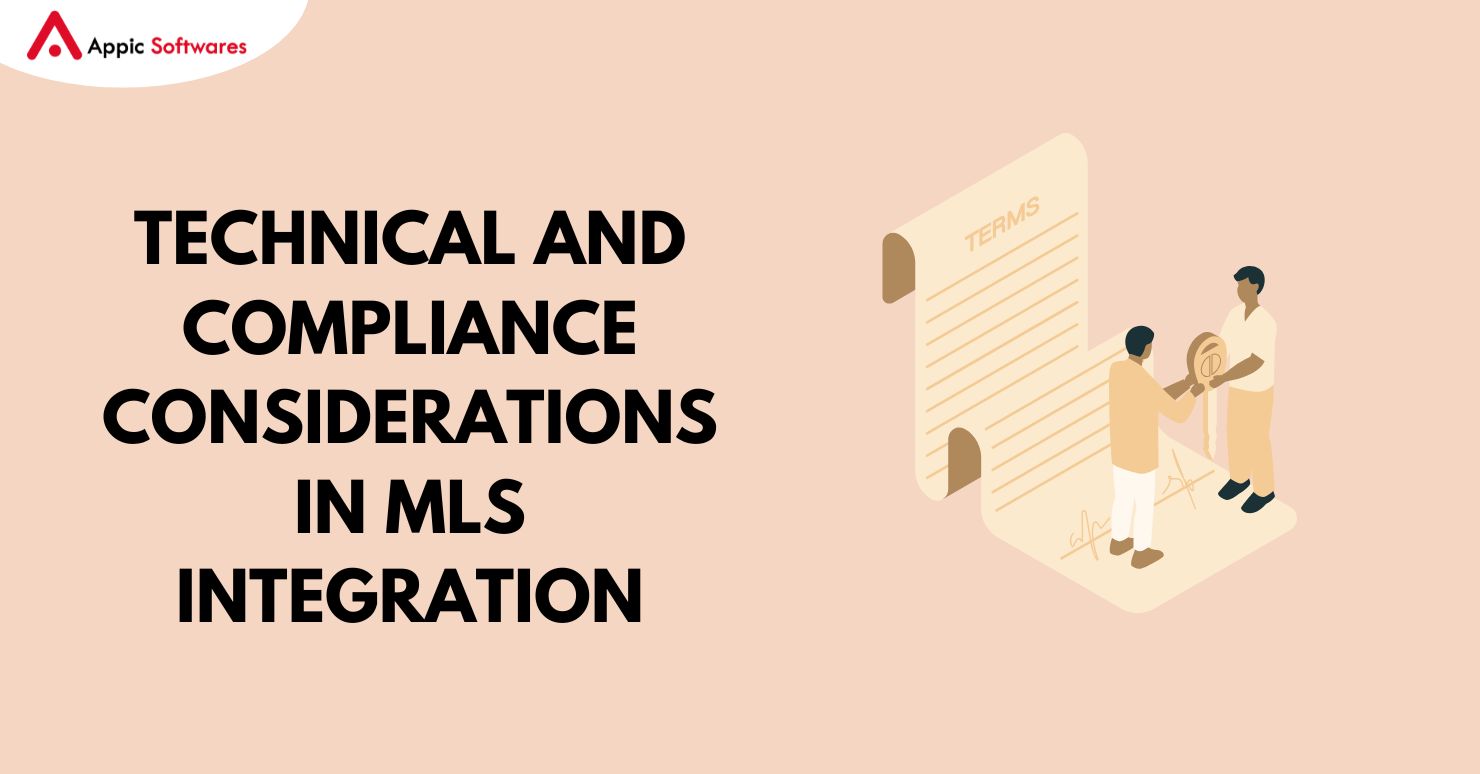
Licensing and Data Access Rules
MLS boards restrict data to licensed agents and brokers. To use MLS Integration for real estate, an app must follow rules like registering with the board, signing data agreements, and ensuring that only authorized users see full data. Developers on a project for integrating MLS with real estate websites must ensure that APIs only accept queries from approved domains and that user accounts verify licenses before unlocking full listing details. Failing to meet these requirements could cut off data or lead to fines.
-
API Standards and Data Formats
Most MLS boards follow standards like RETS or the more recent RESO Web API. Developers in real estate MLS software development services must choose the correct protocol, set up secure HTTP connections, and manage tokens for access. They also need to handle data in JSON or XML, parse it correctly, and map fields to the app’s database. When they design the backend, they write scripts that update price and status fields at set intervals or via push notifications if the board provides them. This constant sync means the app shows the same data that an agent sees in their desktop software.
-
Privacy and Security Measures
MLS Integration for real estate carries personal data about sellers, buyers, and agents. Apps must encrypt data in transit and at rest, follow privacy rules like GDPR if they work across borders, and clear logs that contain sensitive info on a schedule. A mobile app development company must also secure API keys on the server side and avoid bundling them into a public code base. They should audit server logs and set firewalls so that only certain IP ranges can query the MLS API. By doing this, they safeguard both the MLS board’s data and their own users from leaks or abuse.
Conclusion
By building MLS Integration for real estate into an app, developers create a tool that offers real-time, accurate property info to both buyers and agents. In US real estate apps, this feature has become a baseline expectation rather than an add-on, because users demand up-to-date photos, prices, and details the moment they search. Even though setting up this feed involves careful license checks, API connections, and security controls, the long-term benefits in user engagement and agent loyalty outweigh the costs.
Whether you’re a real estate startup, an agency, or a property tech company, MLS Integration for real estate apps is the key to staying competitive in today’s fast-moving housing market. If you want to deliver accurate listings, real-time updates, and seamless user experiences, you need a development partner who knows how to get it right.
Partner with Appic Softwares, a leading mobile app development company specializing in real estate app solutions and MLS software integrations.
FAQs
What makes MLS Integration for real estate essential for US property apps?
Apps without direct access to MLS data often show outdated information or incomplete listings. MLS Integration for real estate ensures that buyers and agents see the latest homes, updated pricing, and accurate status like pending or sold. This builds trust and helps all parties move faster when they find a suitable home.
Can any company add MLS Integration for real estate to their app?
Only licensed agents or brokers can access raw MLS data. However, a mobile app development company can partner with agents or brokerages to include MLS feeds. They must comply with licensing rules, data agreements, and technical standards such as RETS or RESO Web API. Once these steps are in place, even a small tech startup can launch an MLS-enabled app.
What is the cost to create MLS-integrated real estate software or a mobile app?
The cost to create MLS real estate software typically ranges between $10,000 to $80,000, depending on the complexity, number of features, and integration scope. A basic app with essential MLS listing capabilities may start around $10,000–$20,000, while a full-featured solution with advanced filters, virtual tours, map integrations, and CRM support can go up to $60,000–$80,000 or more. Costs also depend on design quality, compliance requirements, and backend infrastructure. Partnering with an experienced mobile app development company ensures accurate budgeting and seamless MLS data integration.






